In general, most garden worms are quite harmless and in most cases they can be beneficial to your garden, plants, and trees. Most garden worms help to control destructive termite larvae and grubs, as well as other destructive garden pests. They can also help mix the earths soil by burrowing into the ground or even writhing around in topsoil. While most garden worms are helpful, so they should be left alone, there are some that are dangerous and should be eliminated. One such worm is the hammerhead flatworm (land planarian).
The hammerhead flatworm does not help to control other pest populations as most worms do. They actually kill and eat earthworms, exclusively. The hammerhead flatworm is considered a parasite and it devours its only prey by pushing its throat outside if its mouth and snapping up any part of the earthworms body. It melts the earthworms body with an enzyme and slowly eats it until the earthworm is completely consumed.
The hammerhead flatworm can reach up to 20 inches long and its body is very slimy, which allows it to move along the ground in a gliding motion. The body secretes mucus from glands on its belly or underside. The hammerhead is native to Indo-China, but it makes its way around the world by traveling in greenhouse plants. For the most part, hammerhead flatworms can survive just about anywhere, so no one region is 100% safe. While this unique worm can survive in scorching hot to freezing climates, they may suffer somewhat in drier regions.
Hammerhead flatworm sightings are common in the early morning hours, especially after a hard rain. They are nocturnal however, and they love wet surfaces. This means that they will stick to just about any surface that’s wet or moist, as well as on tree branches and trunks. Keep in mind that there are several varieties of land planarians. Two of the most common sightings are the hammerhead flatworm and the flatworm with a pointy head (instead of a hammerhead) and a dark brown body. The hammerhead flatworm is usually medium-brown in color with dark markings or stripes. Some hammerhead worms may appear gray to greenish/gray as well. All types feed on earthworms, so beware.
If you have a hammerhead flatworm infestation, there are several ways to control and/or kill populations. The first thing to keep in mind is if you attempt to chop them up or even smash them, the pieces will only regenerate into new hammerhead flatworms. So, it you chop the flatworm into 7 pieces, you will end up with 7 new worms! Hammerhead flatworms must dissolve completely in order to get rid of them. Effective treatment methods include: salt, vinegar, and citrus oil. These products must be applied directly to the flatworms in order to be effective. Spreading them around the soil or areas where you the worms have been spotted won’t dissolve these parasites completely. You can use a spray bottle for the vinegar and citrus oil methods and you can simply pour the salt over the worms to dissolve them. Good luck!
All About Worms is always free, always reader-supported. Your tips via CashApp, Venmo, or Paypal are appreciated! Receipts will come from ISIPP Publishing.



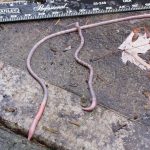
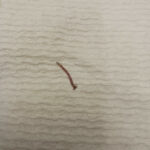
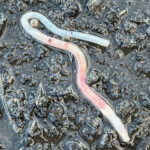
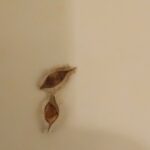
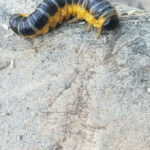
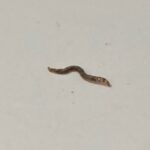
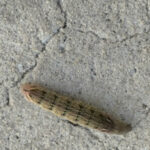
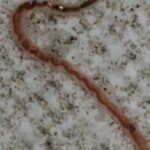
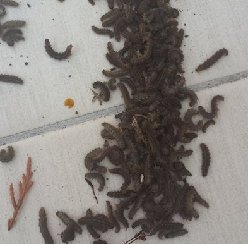

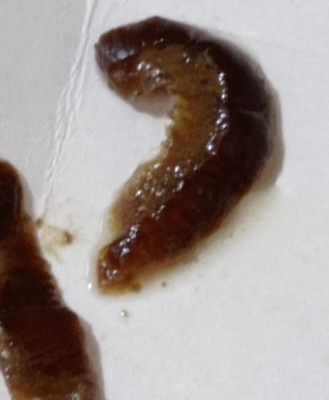


Dear Lacey, please see this article:
https://www.allaboutworms.com/hammerhead-worms-are-they-harmful-or-dangerous
is the hammerhead worm harmful to humans
I call B. S.